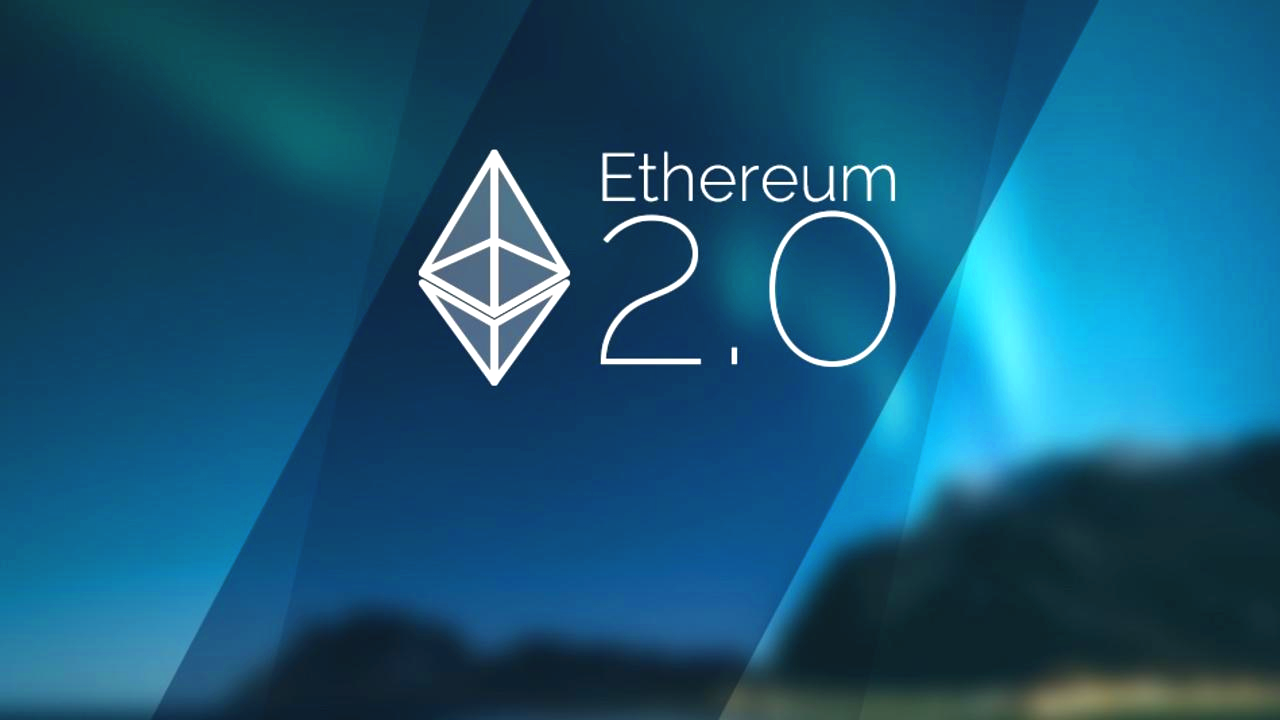Ethereum 2.0: What It Means for Investors
This article explores Ethereum 2.0 in detail and what it means for investors looking to capitalize on this groundbreaking shift.

Ethereum 2.0 represents a monumental upgrade to the Ethereum blockchain, aiming to enhance scalability, security, and sustainability. As one of the most significant transitions in the cryptocurrency space, it, also known as Eth2 or the Ethereum Merge, directly impacts investors by improving the network’s efficiency and reducing energy consumption. This article explores Ethereum 2.0 in detail and what it means for investors looking to capitalize on this groundbreaking shift.
Understanding Ethereum 2.0
Ethereum 2.0 is an upgrade to the existing Ethereum blockchain, shifting from a Proof-of-Work (PoW) consensus mechanism to Proof-of-Stake (PoS). The upgrade is being implemented in multiple phases, with key enhancements aimed at solving network congestion, reducing transaction fees, and improving security.
The three major phases of Ethereum include:
- The Beacon Chain (launched in December 2020) introduced the PoS mechanism, allowing users to stake ETH and become validators.
- The Merge (Completed in September 2022) transitioned Ethereum from PoW to PoS, eliminating mining and significantly reducing energy consumption.
- Shard Chains (Expected in Future Updates): Aims to improve scalability by distributing network load across multiple chains.
With Ethereum 2.0 now largely in place, investors must understand its implications for the cryptocurrency market and their portfolios.
Key Benefits of Ethereum 2.0 for Investors

1. Reduced Energy Consumption
One of the most significant impacts of Ethereum 2.0 is the drastic reduction in energy consumption. The transition from PoW to PoS has reduced Ethereum’s energy usage by over 99%, making it more environmentally friendly. This shift makes Ethereum a more attractive option for institutional investors and ESG-conscious funds, potentially leading to increased adoption and price appreciation.
2. Enhanced Security
Ethereum 2.0 enhances network security by introducing a PoS mechanism that discourages malicious activities. Validators must stake a minimum of 32 ETH to participate, and any dishonest behavior results in penalties, including the loss of staked ETH. This system discourages attacks and ensures greater trust in the network, making Ethereum a more secure investment option.
3. Improved Scalability and Lower Transaction Fees
Ethereum has historically struggled with scalability, leading to network congestion and high gas fees. Ethereum 2.0 addresses this issue through:
- Shard Chains: These will distribute the network load, allowing Ethereum to process thousands of transactions per second instead of the current limit of around 30 transactions per second.
- Rollups and Layer-2 Solutions: Ethereum integrates better with rollups like Optimistic and ZK-Rollups, which batch transactions to reduce fees and improve transaction speeds.
Lower transaction costs make Ethereum more appealing for businesses, decentralized applications (dApps), and retail users, increasing its long-term value.
4. Increased Staking Opportunities
With Ethereum moving to PoS, investors can now earn passive income by staking ETH. Staking offers annual yields ranging from 4-7%, depending on network conditions. This provides a steady revenue stream for long-term holders, making ETH an attractive investment compared to traditional assets.
5. Greater Institutional Adoption
Ethereum’s transition to a sustainable and secure PoS network is driving increased interest from institutional investors. Major financial institutions, hedge funds, and corporations are more likely to adopt ETH as an investment vehicle now that environmental concerns have been addressed. This institutional participation could lead to higher demand and price appreciation over time.
6. Impact on ETH Supply and Price
Ethereum 2.0 introduces deflationary mechanisms that could impact ETH’s price positively:
- EIP-1559 Burn Mechanism: A portion of transaction fees is permanently burned, reducing the overall supply of ETH.
- Reduced ETH Issuance: With PoS, new ETH issuance has dropped significantly, making ETH a scarcer asset over time.
The combination of reduced supply and increasing demand could drive Ethereum’s price higher in the long run.
7. Decentralization and Governance Improvements
Ethereum 2.0 strengthens decentralization by allowing more participants to become validators without needing expensive mining equipment. A more decentralized network improves overall trust and governance, benefiting investors by reducing the risk of manipulation by a few centralized entities.
8. Broader Ecosystem Growth
Ethereum remains the leading Ethereum blockchain for dApps, NFTs, and DeFi projects. With improved scalability and lower fees, Ethereum 2.0 can support even more projects, leading to further ecosystem growth. More activity on the Ethereum network typically translates to increased demand for ETH, positively impacting its value.
Potential Risks and Challenges for Investors
While Ethereum presents numerous benefits, it is not without challenges.
- Regulatory Uncertainty: Governments and regulatory bodies worldwide are still defining rules for staking and crypto assets, which could impact Ethereum’s adoption and growth.
- Competition from other Ethereum blockchain networks like Solana, Cardano, and Polkadot offers alternative smart contract platforms with lower fees and faster transactions, posing a competitive threat.
- Smart Contract Risks: While Ethereum enhances security, vulnerabilities in smart contracts can still lead to hacks and financial losses.
- Validator Risks: Staking requires locking up ETH, which may reduce liquidity for investors. Additionally, technical failures or penalties can impact staking rewards.
Investment Strategies for Ethereum 2.0
For investors looking to capitalize on Ethereum 2.0, here are some strategies:
- Long-Term Holding: Given Ethereum’s deflationary model and increasing adoption, long-term holding could yield significant returns.
- Staking ETH: Investors can stake ETH to earn passive income while supporting the network’s security.
- Diversification: Investing in Ethereum-based DeFi projects, NFTs, and Layer-2 solutions can provide additional exposure to Ethereum’s growth.
- Monitoring Regulatory developments Keeping an eye on crypto regulations can help investors make informed decisions about their Ethereum holdings.
Conclusion
Ethereum 2.0 is a game-changer for the cryptocurrency market, offering significant improvements in scalability, security, and sustainability. For investors, it presents opportunities for long-term gains, passive income through staking, and increased institutional adoption. While risks remain, the overall trajectory of Ethereum remains promising, making it a valuable asset for both retail and institutional investors.
By understanding the implications of Ethereum 2.0, investors can position themselves strategically to benefit from the evolving crypto landscape.





